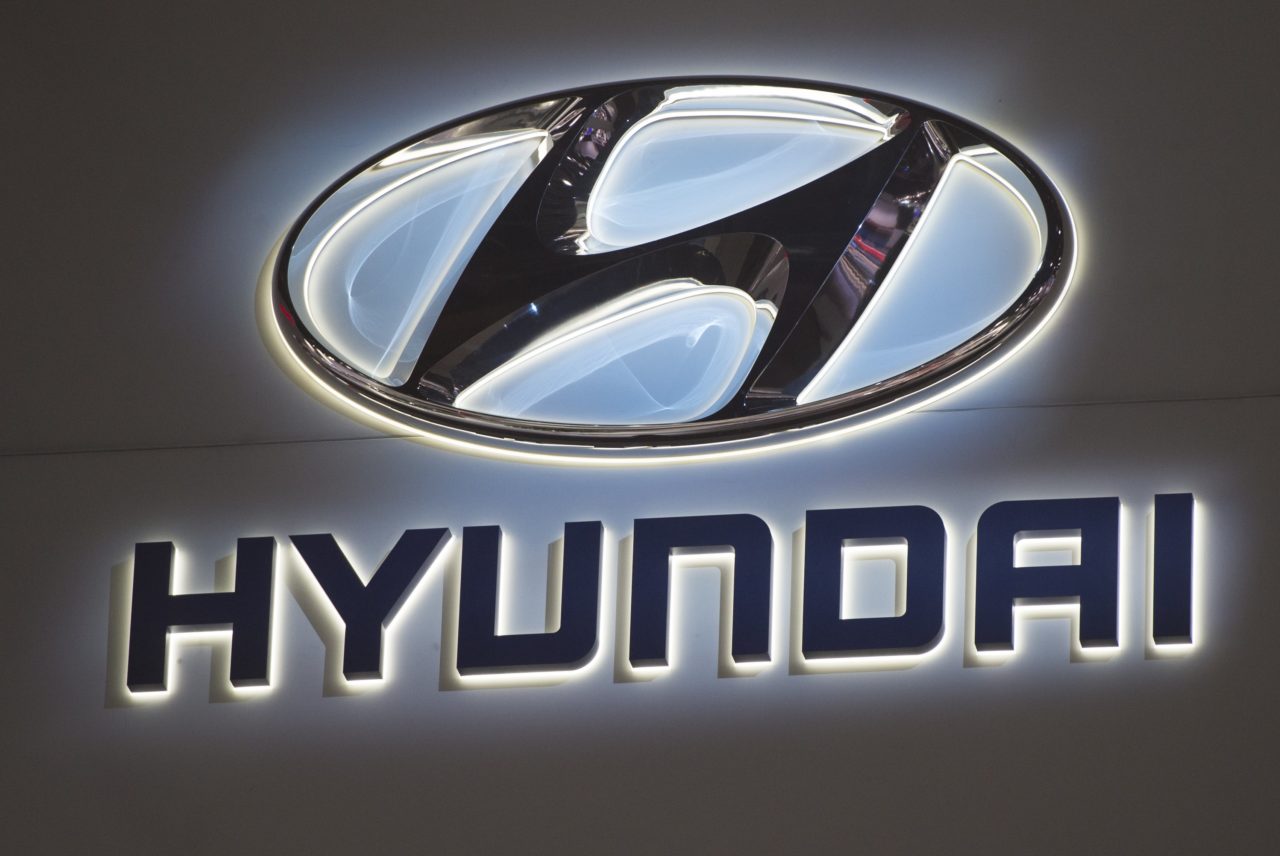
The 2020 Hyundai Verna Facelift was launched in India last month and while the company had shared the specifications and details at the time of the launch, its fuel economy figures were still unknown. Finally, we have managed to get our hands on the fuel efficiency figures of all variants of the Verna across its engine line-up. The new Hyundai Verna Facelift is offered in India in four variants- S, S+, SX, SX(O), and SX(O) Turbo and it’s the first fully connected compact sedan on sale in India.
The Hyundai Verna is offered in India with three engine options and five engine and gearbox combinations. First up is the 1.5-liter, naturally aspirated four-cylinder motor that delivers 17.7 kmpl when mated to a six-speed manual transmission and 18.45 kmpl when it is offered with the CVT automatic gearbox. The 1.0-liter, the three-cylinder turbo engine is offered with the seven-speed automatic dual-clutch transmission (DCT) as standard and delivers a fuel economy of 19.2 kmpl. The 1.5-liter, four-cylinder diesel mill when offered with the torque converter automatic transmission delivers a fuel economy of 21.3 kmpl while the diesel manual transmission variant delivers the highest fuel economy in the range at 25 kmpl.
The 1.5-liter, four-cylinder MPi petrol engine belts out 113 bhp and 144 Nm of peak torque and comes mated to a six-speed manual transmission as standard while an iVT (CVT) gearbox is optional. Then there is the 1.5-liter, four-cylinder diesel engine that puts out 113 bhp and 250 Nm of peak torque. This engine is also mated to a six-speed manual transmission as standard while a six-speed torque-converter transmission is optional. The most powerful of all is the 1.0-liter, three-cylinder Turbo GDi petrol engine that churns out 118 bhp and 172Nm of peak torque which is mated to a seven-speed dual-clutch transmission (DCT) which is a segment-first.